Notes For All Chapters Biology Class 11 CBSE
A cell is composed of variety of molecules (like carbon, hydrogen, oxygen) which perform various functions.
Other than these basic elements, some metals and non-metals are also present as cellular materials, thence, all these materials combines in different ways in order to form various biomolecules, which are found in cells of organisms.
These molecules are not living, but perform various living functions. Thus, biomolecules are the organic substances (e.g., Carbohydrates, proteins, lipids, etc.) that play a major role in the structure and function of the living organism.
Water is also an important and most abundant chemical compound present in the body of living organism.
Topic 1 Analysis of Basic
Units of Biomolecules
Chemical Analysis & Cyanic Compounds
To analyse the chemical composition of any organic compound in a living organism, the chemical analysis of living tissue is done. As organic compounds play a major role, it is essential to have knowledge of their molecular formula and structure.
This can be easily predicted out by performing following steps
(i) Weight of a living tissue (like a piece of a liver, fruit, vegetable or any other body tissue) is taken.
(ii) The tissue is then grinded in trichloroacetic acid (Cl3CCOOH) with the help of mortar and pestle.
(iii) The thick slurry obtained is then filtered through a cheese-cloth or cotton.
This will generate two fractions of solution
(a) Filtrate or the acid-soluble fraction.
(b) Retentate or the acid-insoluble fraction.
(iv) The extract can then be subjected to numerous separation techniques, in order to obtain the desirable compound from all other components.
By successfully performing all the above steps, we can get an idea of the molecular formula and the probable structure of the compound.
(v) All the carbon compounds that we get from living tissues can be called biomolecules.
Ash Analysis for Inorganic Compound and Elements
After the analysis of chemical composition of an organic compound in a tissue, it is necessary to do the analysis of inorganic elements and compounds. It can be done easily by performing a destructive experiment that separate inorganic compounds from organic compounds in the form of ash (contains inorganic compounds and elements).
Ash is the remaining part of apy living tissue which remains back after burning of all organic compounds.
Ash analysis is done in order to analyse the chemical composition of different inorganic compounds and elements. It is done in the following way
(i) For analysis, a small amount of a living tissue is taken, which is oven dried till all the water evaporates.
(ii) This gives the dry weight.
(iii) After that tissue is burnt completely which results in the formation of ash.
Thus, ash formed contains inorganic elements like potassium, sodium, calcium, magnesium, etc (inorganic compounds are also seen in the acid soluble fraction).
Cellular Pool
The sum total of different types of biomolecules, compounds and ions present in the cell is called cellular pool. It contains more than 5000 chemicals.
List of Representative Inorganic Constituents of Living Tissues
Components Formula
Biomicromolecules
Biomicromolecules are small in size, with low molecular weight (18-1800 Da) highly soluble (if polar) and have simple molecular conformation. Micromolecules can be inorganic such as water, minerals salts, gases or organic compounds such as sugars, amino acids, nucleotides, etc.
All these compounds mentioned above are soluble fraction of filtrate except the lipids which occur as insoluble fraction of filtrate as they are mosdy found in cell membrane and thereby forms vesicles, which are separated as an insoluble pool.
Various micromolecules in detail are as follows
1. Carbohydrates
These are the organic compound mainly made up of C, H and O. They are defined as polyhydroxy aldehydes and ketones. These are produced directly by the plants during photosynthesis. Carbohydrates are also known as saccharides because their major constituents are sugars.
These are divided into following types
i- Monosaccharides
These are simplest carbohydrates which cannot be hydrolysed further into smaller components. These are generally composed of three to seven carbon atoms per molecule.
Monosaccharides are also known as reducing sugars, because they have a free aldehydic (—CHO) or ketonic (> C = O) group and can also reduce Cu2+ (cupric ions) of Benedict’s or Fehling’s solution to Cu+ (cuprous ions)., e.g., Ribose, glucose, erythrose, etc.
1. Oligosaccharides
These are formed by condensation of 2-6 monosaccharide molecules. The bond between two monosaccharide units is called a glycosidic bond.
They are classified according to the number of their monosaccharide units or monomers as follows
(a) Disaccharides These are the sugars containing two monomeric units and can be further hydrolysed into smaller components. These are known as non-reducing sugars because the free aldehyde or ketone group is absent, e.g., Sucrose, maltose, lactose, etc.
(b) Trisaccharide It contain three monomers. e.g., Raffinose.
(c) Tetrasaccharides, e.g., Stachyose and so on.
2 Amino Acids
Amino acids are organic compounds containing an amino group and an acidic group as substituent on the same carbon, i.e., the a-carbon. Hence, they are called a-amino acids. These are substituted methanes.
a-carbon also bears a hydrogen and a variable group designated as R group. Thus, there are four substituent
groups present on a-carbon which occupy the four different valency position. These are hydrogen, carboxyl, amino and R group.
Based on the nature of R group, there are many amino acids. However, those which occur in proteins are only of twenty types.
The amino group accepts a proton whereas, the carboxyl group donates a proton. So, an amino acid can act as both acid and base. Hence, it is amphoteric in nature.
The R group in these proteinaceous amino acids could be a hydrogen (glycine), a methyl group (alanine), hydroxyl methyl (serine), etc.
The chemical and physical properties of amino acids are essentially due to the amino, carboxyl and functional groups present.
Based on the number of amino and carboxyl group present, amino acids are categorised into following types
i. Acidic Amino Acids
These contain one amino group and two carboxyl group per molecule, e.g., glutamic acid and aspartic acid.
ii. Basic Amino Acids
These contain two amino groups and one carboxyl group per molecule, e.g., Arginine, lysine and histidine.
iii. Neutral Amino Acids
These contain one amino group and one carboxyl group per molecule, e.g., Methionine, isoleucine, serine, threonine, cysteine, glycine, alanine, valine, leucine, aspargine, glutamine and proline.
iv. Aromatic Amino Acids
These contain aromatic rings in their side chain, e.g., Phenylalanine, tyrosine and tryptophan.
Zwitter Ion
Zwitter ion formation is anoth’er particular property of amino acid. It is a neutral molecule (with positive and negative charge), having the ionizable nature of —NH2 and —COOH groups. Hence, in splutions of different pHs, the structure of amino acid changes variably.
3. Lipids
Lipids are the esters of fatty acids and alcohol. These are generally insoluble in water. They could be simply fatty acids.
Fatty acids are the organic acids having hydrocarbon chains that end in a carboxylic group (—COOH). The carboxylic group is attached to an R group that could be a methyl (—CH3) or ethyl (—C2H5) or higher number of —CH2 groups (1 carbon to 19 carbons), e.g., Palmitic acid has 16 carbons including carboxyl carbon.
Arachidonic acid has 20 carbon atoms including the carboxyl carbon.
Depending upon the types of bonds present, fatty acids are of following two types
i.Saturated Fatty Acids
Fatty acids which do not have double bonds, (C—C). These are generally solid at room temperature.
ii. Unsaturated Fatty Acids
Fatty acids which contain one or more than one double bonds (C = C). These are generally liquid at room temperature.
Difference between saturated and unsaturated fatty acids
Simple Lipids
These are esters of fatty acids and various alcohol.
They are of further two types
(a) Neutral or True Fats These are esters of fatty acids with glycerol (glycerine). They are also called glycerides.
Glycerol is a simple lipid which is known as trihydroxypropane as it is an alcohol with a backbone of three carbon atoms, each carrying an —OH group.
When glycerol is esterified with fatty acid it is known as triglyceride.
The ester is called monoglyceride, diglycerlde and triglyceride depending on the number of fatty acids attached to a glycerol.
ii- Compound or Conjugated Lipids
These are the esters of fatty acids and alcohol but contain other substances also, e.g., Phospholipids, glycolipids, cutin, suberin etc.
Phospholipids are lipids which have phosphorus and phosphorylated organic compound in them. One of the common example of phospholipid is lecithin.
Some tissue have complex structure of lipids, e.g., Neural tissues.
(b) Oils are usually liquid at room temperature because they have low melting point, e.g., groundnut (peanut) oil, cotton seed oil, mustard oil, etc.
As oils have low melting points. They remain as oils in winters also, e.g., Gingely oil.
iii. Derived Lipids
These are lipid-like substances such as sterol or derivatives of lipids, e.g., steroids, prostaglandins and terpenes.
Fats are also differentiated into two main types, on the basis of their melting points at room temperature as follows
(a) Hard Fats are solids at room temperature and contain long chains of fatty acids, e.g., Animal fat.
Softness of butter is due to the good quantity of short chain fatty acid it contains.
4. Nucleotides
These are the monomers of nucleic acids.The nucleotides are made up of three molecules, i.e., a pentose sugar, a cyclic nitrogenous base and a phosphoric acid (phosphate group), e.g., Adenylic acid, thymidylic acid, guanylic acid, uridylic acid and cytidylic acid.
1. Pentose Sugar
It occurs in pentagon or fiiranose form with four carbon and one 02 forming a ring. It is present in the form of ribose or deoxyribose sugar in RNA and DNA respectively.
i. Nitrogenous Bases
These are the flat heterocyclic compounds having nitrogen and carbon in ring structure.
These are of basically two types
(a) Purines It is larger and composed of two rings. They are further of two types, i.e., Adenine (A) and Guanine (G).
(b) Pyrimidines It is smaller and composed of single ring. They are of further three types, i.e., Cytosine (C), Thymine (T) and Uracil (U).
iii. Phosphoric Acid (Phosphate Group)
It is composed of phosphoric acid. A nucleotide may have 1, 2 or 3 phosphate groups. It gives acidic nature to the nucleotide.
Nucleoside
If a pentose sugar is attached to a nitrogen base by a glycosidic bond, it is called nucleoside.
e.g., adenine + ribose —> adenosine.
Likewise guanosine, thymidine, uridine and cytidine are the examples of nucleoside.
The nucleoside combines with a phosphate group at 5-position by an ester bond to form a nucleotide.
Differences between Nucleoside and Nucleotide
Primary and Secondary Metabolites
A large number of organic biomolecules are present in the cells which are used in various metabolic reactions of cell. Hence, these compounds are called metabolites. These are divided into two types
1. Primary Metabolites
These are metabolites which are found in animal tissues. Their functions are easily indentifiable. They play specific known roles in the normal physiological processes, e.g., Amino acids, carbohydrates, proteins, nitrogen bases, nucleic acids, etc.
2. Secondary Metabolites
These are metabolites which are generally found in plant, fungal and microbial cells. These are the products of certain metabolic pathways. Their functions are not identifiable in host organism and are not yet understood, e.g., Alkaloids, flavonoids, rubber, essential oils, antibiotics, coloured pigments, scents, gums, spices.
Some Secondary Metabolites
Note:
* Nucleic acids (DNA and RNA) are composed of only nucleotides, both DNA and RNA acts as a genetic material.
* Uracil is found only in RNA in place of thymine.
* Ribose molecule differs from deoxyribose molecule in having a -OH group instead of H at carbon 2.
* Heterocyclic compounds have more than one kind of atoms.
Functions
Both primary and secondary metabolities serves the followingjunctions
(i) Many of them are useful in human welfare, e.g., Rubber, drugs, spices, scents, pigments.
(ii) Some have ecological importance.
Topic 2 Biomacromolecules
Biomacromolecules are large in size, higher molecular weight molecules 10,000 daltons (Da) and above (except lipids).
These are generally formed by linking a number of micromolecules commonly known as monomers.
All these compounds are found in the acid insoluble pool. These are of four major types, i.e., proteins, polysaccharides, nucleic acids and lipids.
Except lipids all other macromolecules are formed by polymerisation (condensation) of monomeric subunits.
The molecules which are found in living organisms are divided into two main types
(i) Biomicromolecules These are molecules which have their molecular weight less than 10,000 Da.
Biomicromolecules has already been described in detail in topic 1 of the chapter. .
(ii) Biomacromolecules These are molecules which have their molecular weight, 10,000 Da and above.
All these macromolecules are actually polymers of their biomicromolecules.
For example, Polysaccharides are polymers of monosaccharides, proteins are polymers of amino acids and nucleic acids are polymers of nucleotides.
Hence, on the basis of the number and types of monomer present, polymers are of following two types
(i) Homopolymers, are those which have only one type of monomer present. These monomer can be repeated n number of times in a chain, e.g., Starch, insulin, etc.
(ii) Heteropolymers, are those which have two or more than two types of monomers, e.g., Proteins.Various macromolecules and their major roles are described under as
Lipids
The molecules in the insoluble fraction are polymeric substances except lipids.
Athough lipids have their molecular weight not exceeding above 800 Da, but still it comes under acid insoluble fraction, i.e., biomacromolecular category.
This happens because these are small moleculer weight compounds and are present not only as such, but also arranged in structures like cell membranes and other membranes.
Thus, when we grind a tissue, we disrupt the cell structure, cell membrane and other membranes are broken down into pieces and form vesicles that are not water soluble. Therefore, these are separated along with acid insoluble pool and are placed in macromolecules.
Lipids are not strictly biomacromolecule.
If representation of the chemical- composition of living tissue is done from abundance point of view and arranged class-wise, it is observed that water is the most abundant chemical in living organisms.
Average Composition of Cells
i. Primary Structure
It is the description of basic structure of a protein. This includes number and sequence of amino acids in each polypeptide. The distance between two adjacent peptide bonds is about 0.35 nm.
A protein is imagined as a line whose left end is represented by the first amino acid, also called as the N-terminal amino acid and the right end is represented by the last amino acid called the C-terminal amino add, e.g., Insulin, ribonudease.
Proteins
These are the most important and abundant intracellular organic biomoLecules. These are polypeptides having chains of amino acid arranged linearly that are linked by peptide bonds.
Thus, each protein is a polymer of amino acids (as studied earlier in the chapter), there are 20 types of amino acids, e.g., Alanine, valine arginine, leucine, histidine, etc.
So, proteins are considered as heteropolymer.
These amino acids are divided into two main types, on the basis of their utility
(i) Essential Amino Adds These are those amino acids that are essential for our health so, are need to be supplied through our diet. The dietary proteins are the source of essential amino acids, e.g., Leucine, isoleucine, etc.
(ii) Non-essential Amino Adds These are those amino acids, which our body can synthesise, e.g., Proline, serine.
Human adults require an additional essential amino acid named threonine while children need two more arginine and histidine. These are. called semi-essential amino acids.
Structure of Proteins
As mentioned earlier, proteins are heteropolymers containing strings of amino acids. Biologists describe the protein structure at four different levels, i.e., primary, secondary, tertiary and quaternary.
ii. Secondary Structure
The thread of the primary protein is folded in the form of a-helix. The a-helix is stabilised by hydrogen bonds between oxygen of the carboxylic group of one amino acid residue and —NH group of the next fourth amino acid residue, e.g., Keratin.
In β-pleated secondary structure, two or more polypeptide chains get interconnected by hydrogen bonds. Adjacent strands of polypeptide may run in the same direction or in opposite direction, e.g., Silk fibre.
In proteins, only right handed helices are observed.The polypeptide chain curls The protein is more distended and longitudinally by the action of the hydrogen bond forms a zig-zag hydrogen bonds forming a shaped protein structure called spiral or helix. (which combines and forms p-sheet).
Differences between α-helix and β–pleated Structure of Proteins
iii. Tertiary Structure
There is bending and folding of various types to form a hollow wollen ball-like spheres, rods or fibres. Tertiary structure is stabilised by several types of bonds-hydrogen bonds, ionic bonds, van der waals interactions, covalent bonds and hydrophobic bonds. It gives information about a 3-dimensional (3-D) conformation of the protein, e.g., Myoglobin.
Tertiary structure is helpful for many biological activities of proteins.
iv. Quaternary Structure
Certain proteins consist of an asembly of more than one polypeptide or subunits. Thus, the individual polypeptide or subunit are arranged with respect to one another (linear strings of spheres, spheres arranged one upon each other in the form of a cube or plate, etc.) e.g., Haemoglobin, lactic acid dehydrogenase enzyme.
This type of structure is found only in the oligomeric proteins (proteins having two or more polypeptide chains).
Structure of Haemoglobin (Hb)
An adult human haemoglobin is a iron containing pigment that acts as an oxygen carrier. It has a quaternary structure because it is made up of four monomeric sub-units each about the size of many normal individual proteins.
Every subunit has its own tertiary structure and is identical to each other. Hence, two subunits of α-type and two sub-units of β-type together constitute the human haemoglobin (Hb). Insulin is an another example of protein having quaternary structure.
Types of Proteins
Proteins are classified on the basis of shape, chemical composition and function.
Accordingly on the basis of shape these are of two main types
i. Fibrous Proteins
The proteins have spiral secondary polypeptide chains wound around each other in order to form fibres. These are insoluble in water generally, but soluble in concentrated acids, alkalis and salts, e.g., Collagen of connective tissue, keratin of hair, etc.
ii. Globular Proteins
They are rounded in shape and are generally soluble in water and in dilute acids, alkalis, salts, e.g., Egg albumin, serum globulins.
Note:
Collagen, the most abundant protein of animal world and Ribulose Bisphosphate Carboxylase Oxygenase (RuBisCO) is the most abundant protein in plants and the whole of the biosphere.
Functions of Proteins
Proteins have various basic functions in living organism given below . Helps in transportation of nutrients across the cell membrane by acting as protein transporter.
(ii) Helps in fighting with infectious organism.
(iii) These are helpful in movement of muscles, e.g., Myosin and actin.
(iv) Helps in maintenance of pH and regulation of the volume of body fluids.
(v) Helps at the time of injury in blood clotting and acts as antibodies and provide immunity.
(vi) Helps in growth and repair of body tissues.
(vii) Some proteins function as hormones and some functin as enzymes and catalyse the reactions.
Denaturation of Proteins
When proteins are exposed to extreme change in pH, acids or temperature (or bases or high salt concentrations) the weak bonds holding the tertiary and the quaternary structure gets disrupted so, that the protein unfold (into primary structure). This unfolding is known as denaturation of proteins or loss of its functioning.
Denaturation is not strong enough to break peptide bonds thus, primary structure remains unaffected.
A denatured protein may spontaneously refold into its original structure when suitable condition are re-provided. This is called renaturation.
Polysaccharides
These are another class of macromolecule that are present in the acid insoluble fraction. Polysaccharides are long chains of sugars. They are not sweet and are insoluble in water. Polysaccharide chain (like glycogen) is made up of two ends, whose right end is called reducing end and the other left end is called non-reducing end. They- ace threads containing different monosaccharides as building blocks.
Types of Polysaccharides
Polysaccharides are of two types as given below
i. Homopolysaccharides
These are those complex carbohydrates which are formed by polymerisation of only one type of monosaccharide monomers, e.g., Starch, glycogen and cellulose (these all are composed of single type of monosaccharide unit namely glucose).
Some of them are as fallows
a. Cellulose
It is a polymeric polysaccharide which consists of only one type of monosaccharide monomer, i.e., glucose. It is known to be a rigid and insoluble polysaccharide found in cell wall of most algae, certain protists, fungi and some higher plant.
Paper made from pulp of plant and cotton fibre are also made up of cellulose. As cellulose is not composed of complex helices so, it cannot hold iodine (I2) and cannot give colour with iodine.
b. Starch
It is a storage polysaccharide because it helps in storing energy in plant tissues. Chemically, the starch is formed of two glucose monomers, r.e.,α-amylose and amylopectin.
Starch forms helical secondary structures. Thus, it can hold iodine (I2) molecules in the helical portion. Therefore, gives blue colour with iodine solution.
c. Glycogen
It is also storage polysacchiaride found in animals only (in liver cells and muscles). It is also known as animal starch. It gives red colour on reaction with iodine.
It is a polymer of fructose. It is a naturally occurring polysaccharide produced by many types of plants. It is used by some plants in storing energy.
Plants that synthesis and store inulin are unable to store other forms of carbohydrates like starch, etc.
Agar, xylan, araban, etc, are some other types of homopolysaccharides found.
ii. Heteropolysaccharides
These are complex carbohydrates formed by the polymerisation of two or more than two types of monosaccharide monomers, e.g., Chitin, pectin, peptidoglycans (murein), hyaluronic acid.
iii. One ofthem is explained below Chitin
It is the second most abundant natural polymer, found in exoskeleton of arthropods (e.g., prawns, crabs, etc.) and in cell wall of fungi. It has building blocks of amino sugars and chemically modified sugar.
iv. acetylglucosamine units interlinked by glycosidic bond
Glucosamine also acts as building block (like N-acetyl glucosamine) in other types of heteropolysaccharide.
Functions of Polysaccharide
Polysaccharide plays multiple function and can be used in the following ways
(i) Acts as structural compounds in cell wall of plants certain fungi and protists, e.g., Cellulose, chitin.
(ii) Helps in anticoagulation and prevents blood clotting inside the vessels, e.g., Heparin.
(iii) Helps in lubrication of joints between bones, e.g., Hyaluronic acid.
(iv) Also used in tissue culture, e.g. Agar.
(v) Acts as a reserve food, e.g., Starch.
Nucleic Acids
The other type of macromolecule found as a part of acid insoluble fraction of any living tissue is the nucleic acids. These are polymeric compounds of nucleotides, i.e., polynucleotides.
A nucleotide (as discussed previously in the chapter) is composed of three chemically distinct components
(i) Heterocyclic compound-nitrogen base (adenine, guanine, uracil, cytosine and thymine).
(ii) Monosaccharide (ribose or deoxyribose).
(iii) Phosphoric acid or phosphate.
A nucleic acid which contains deoxyribose sugar is called deoxyribonucleic acid (DNA), while that which contains ribose sugar is ribonucleic acid (RNA).
Deoxyribonucleic Acid (DNA)
DNA is genetic material found in the nucleus of all living cells except some viruses.
In eukaryotic organisms linear DNA is found in nucleus, in the mitochondria and chloroplasts, whereas in prokaryotes, DNA is circular in structure and is found in the cytoplasm.
Structure of DNA
The structure of DNA was elucidated by Watson and Crick based on X-ray diffraction studies. They proposed a double helix model of DNA. According to this model, DNA exists as a double helix and consists of two strands of polynucleotides that are antiparallel to each other, i.e., both run in opposite directions, one in 5′–> 3′ direction and other in 3’—> 5’direction. ,
The backbone of DNA is formed by the sugar phosphate-sugar chain. The nitrogen bases are projected more or less perpendicular to the backbone of DNA and faces inside. A and G of one strand base pairs with T and C respectively on the other strand.
Between A and T (A== T), there are two hydrogen bonds while, there are three hydrogen bonds between G and C(G=C).
DNA has a uniform thickness of 20 A and pitch of is 34 nm. Thus, one turn of DNA measures 3.4 nm (rise per base pair) and consists of 10 nucleotides (or ten base pairs). This form of DNA is called B-DNA.
Functions of Nucleic Acids
Nucleic acidplays multiple role in living organism these are given as follows
(i) It enables cell to grow, maintain and divide by directing the synthesis of structural proteins.
(ii) Acts as a genetic material, i.e., transfer hereditary characters from one generation to the next.
Differences between DNA and RNA are given below
Some of them are as follows
1. Peptide Bond
In a polypeptide or a protein, amino acids are linked by a peptide bond. Formed when the carboxyl group (—COOH) of one amino acid reacts with the amino group (—NH2) of the next amino acid with elimination of water.
2. Glycosidic Bond
It is formed between two carbon atoms of two adjacent monosaccharides, thus it forms a polysaccharide by linking individual monosaccharides. This bond is also formed by dehydration (removal of water).
3. Phosphodiester Bond
In a nucleic acid a phosphate moiety links the 3,carbon of one sugar of one nucleotide to the 5’carbon of the sugar of the succeeding nucleotide.
The bond between the phosphate and hydroxyl group of sugar is an ester b id. As there is one such ester bond on either side, it is called phosphodiester bond.
Dynamic State of Body Constituents
Nature of Bond Linking Monomers in a Polymer
The polymers described above in the topic are formed by the combination or linking of one or more type of monomer units. So, in order to link these units together various types of bonds are required depending on the nature and the type of macromolecule.
Concept of Metabolism
Each cell contain thousands of organic compounds. These compounds or biomolecules are present in living organisms in various concentrations. Turn over of biomolecules is one of the greatest discoveries. It is the phenomenon in which biomolecules change constantly into some other biomolecules or made from some other biomolecules.
All these, transfer of one biomolecule into other occur due to chemical reaction which continuously take place in an organism. The chemical reactions together are called metabolism.
Each metabolic reaction results in the process of transformation, e.g., an amino acid when transforms intq an amine, C02 is removed, removal of amino group in a nucleotide base, etc.
Majority of these metabolic reactions do not occur in isolation, instead they take place in a series of linked reaction known as metabolic pathways. These pathways are either linear or circular and criss-cross each other, i.e., there are traffic functions.
Flow of metabolites through metabolic pathway has a definite rate and direction and this metabolic flow is called the dynamic state of body constituents. Also these metabolic reactions are always catalysed reaction, i.e., no uncatalysed metabolic conversion is present in living systems. The catalysts which hasten the rate of a given metabolic conversion are also proteins. These proteins with catalytic power are called enzymes.
Metabolic Basis for Living
Metabolic pathways in living organisms are divided into two main types
i. Anabolic Pathways
These include the formation of complex structure from simple ones, e.g., formation of cholesterol from acetic acid, protein synthesis, etc. These are energy consuming pathways.
ii. Catabolic Pathways
Glycolysis
Glucose is degraded to lactic acid in human skeletal muscle, liberating energy. This metabolic pathway from glucose to lactic acid which occurs in ten metabolic steps is called glycolysis.
This liberated energy is stored in the form of chemical bonds and this bond energy can be utilised in various biosynthetic, osmotic and mechanical work when needed.
Adenosine Triphosphate (ATP)
The most important form of energy currency present in living systems is the bond energy in a chemical compound of ATP.
The Living State
Various chemical compounds (metabolites or biomolecules) are present at a concentration characteristic of each of them, i.e., all living organisms exist in a steady state characterised by concentrations of each of these biomolecules. It is the most important fact of biological systems. These metabolites are in a state of metabolic flux. Hence, the living system is kept in a non-equilibrium state by metabolic flux, which enables it to perform work as living organism.
It has to work continuously and are unable to reach equilibrium.
Therefore, metabolism is helpful in providing a mechanism which enables energy production.
It can be stated that the living state and . metabolism are synonymous and are correlated. Thus, metabolism and living state are incomplete without each other.
These include the formation of simpler structures, i.e., the breakage of complex structures into simpler ones, e.g., Conversion of glucose into lactic acid in skeletal muscles. These are energy releasing
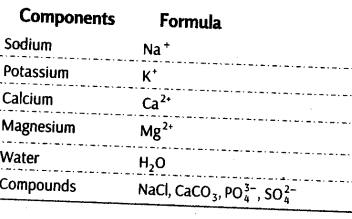
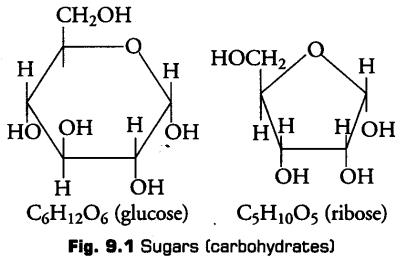
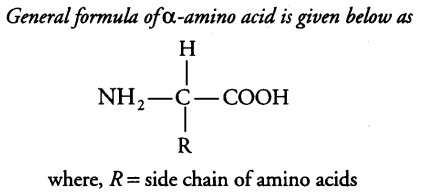
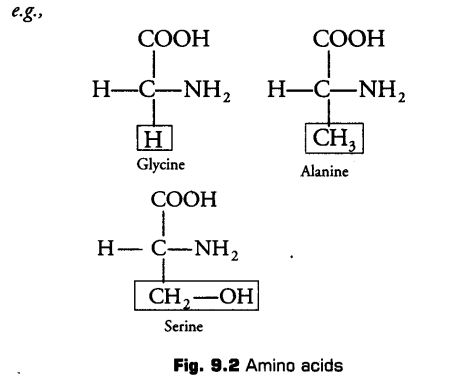
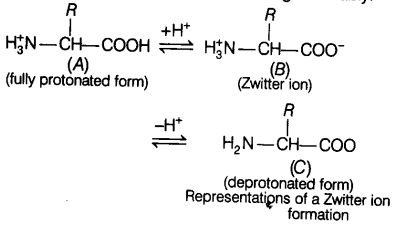
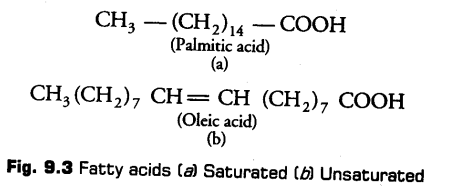
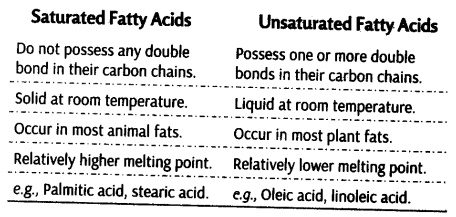
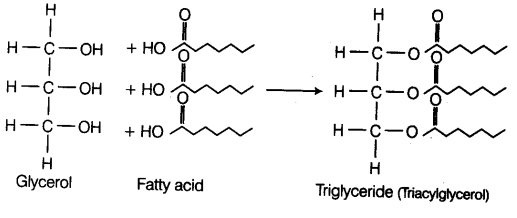
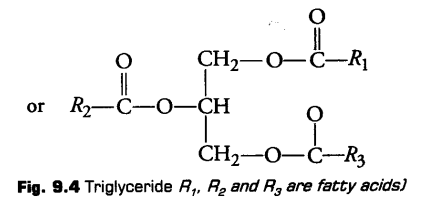
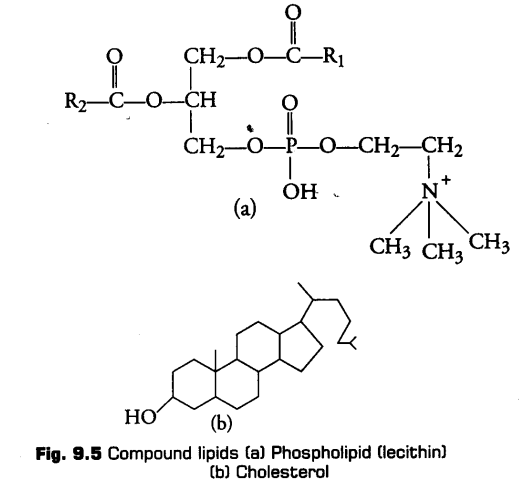
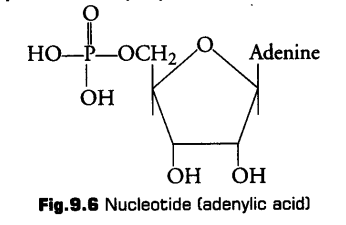
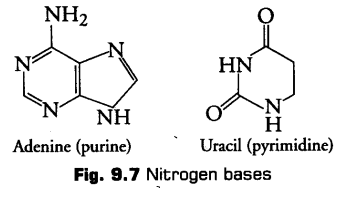
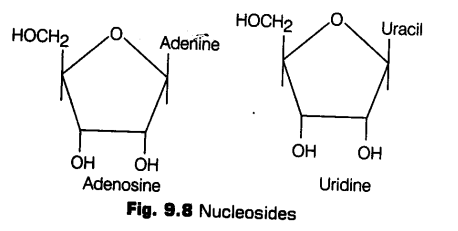
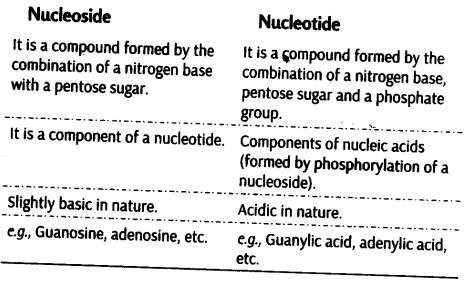
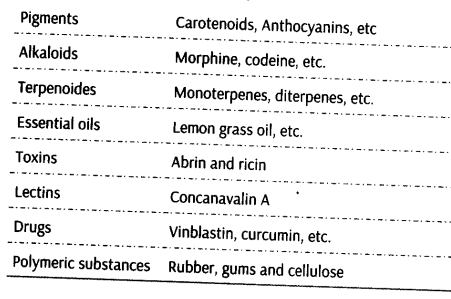
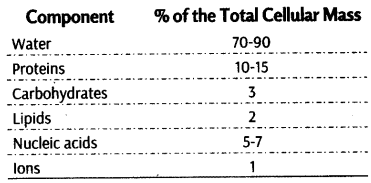
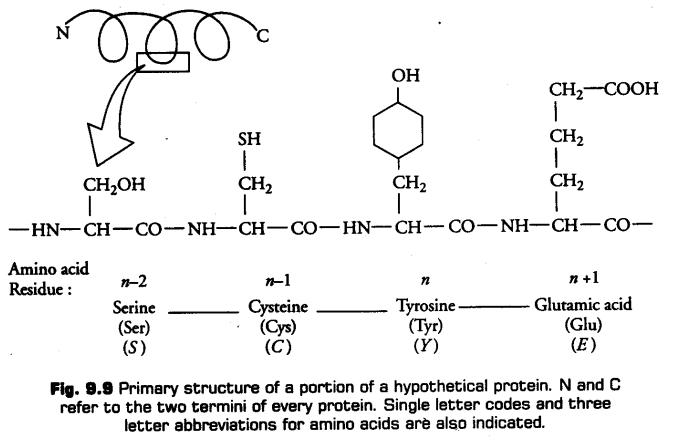
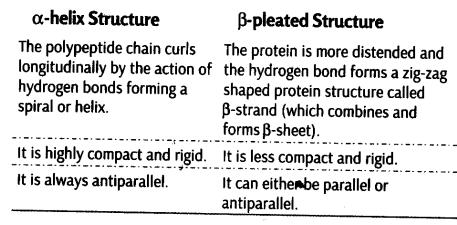
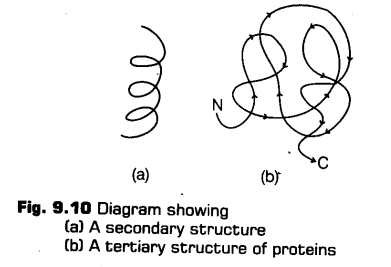
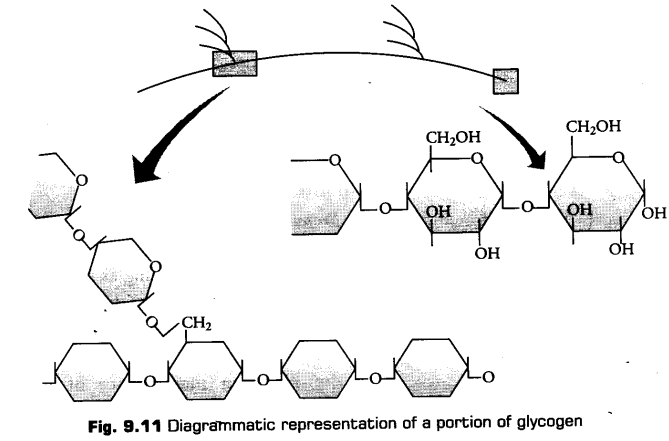
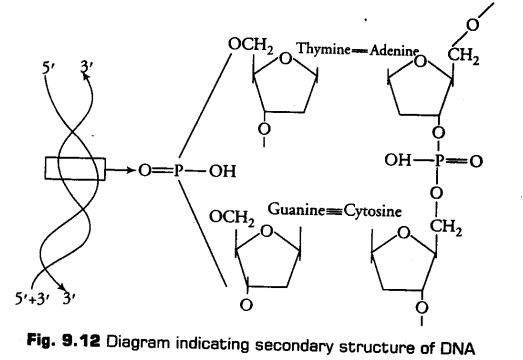
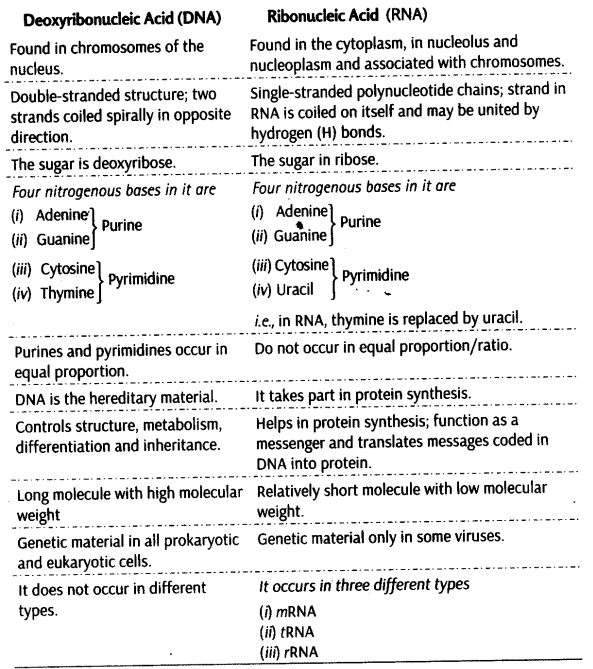
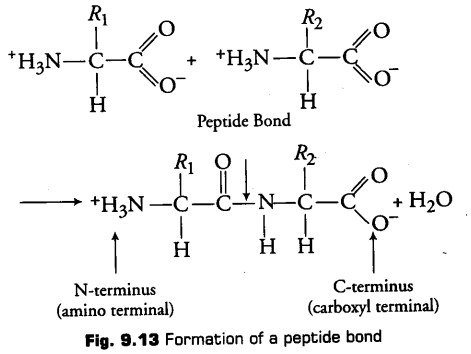

Leave a Reply